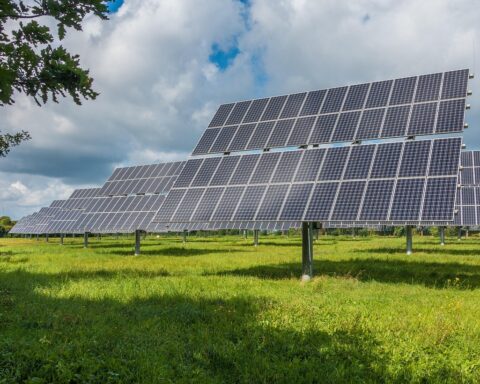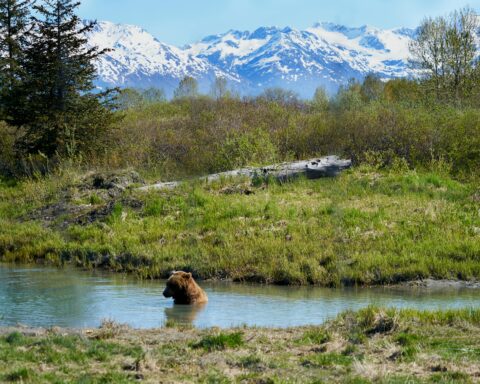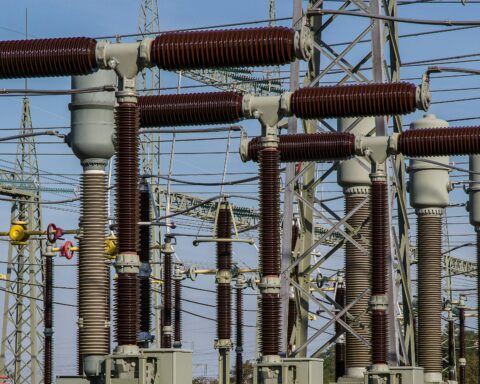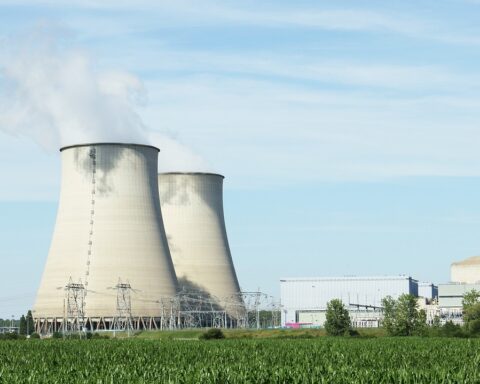The U.S. Department of Energy has awarded nearly $16 million to help finance tidal energy research, development and demonstration pilot sites in Washington and Alaska, plus another Alaskan community-led river current energy research and development project.
The demonstration sites received a combined $6 million, and the Alaskan project was awarded $9.5 million. The capital for these projects came from the Bipartisan Infrastructure Law, which encourages U.S. leadership in tidal and current energy development.
Orcas Power and Light Cooperative (OPALCO), based in Eastsound, Washington, will deploy a tidal energy turbine in the Rosario Strait in the San Juan Islands. The goal is to produce 2 megawatts of power, which can provide electricity to roughly 400 homes on the San Juan Islands.
The other development led by marine energy company ORPC based in Portland, Maine, involves installing two tidal energy devices at a location in the Cook Inlet in Alaska off the coast of a remote area of East Foreland on the Kenai Peninsula.
Power output is expected to range from 1 to 5 megawatts. As the United States’ largest tidal power resource, Cook Inlet is being used as a test case for tidal energy.
These two projects will evaluate proposed sites during the competitive first phase, which will last one year. They will create plans for licensing, environmental monitoring, site health and safety, commercialization, stakeholder engagement, community benefit, supply chain procurement, and technology selection and qualification.
This phase will culminate in the projects submitting the necessary license or permit applications to regulators. After the first phase, DOE will select one project to proceed through the remaining four phases and receive up to an additional $29 million, concluding with testing and operation of the tidal energy devices.
Balancing community energy priorities and technology innovation is the goal of the Alaskan community-led river current energy project. The department’s $9.5 million investment will help accelerate the development of current energy technologies and promote resilience and economic development in Yukon River and Alaska Native communities.
Many communities on the Yukon and Kuskokwim rivers are powered by local microgrids, where the river current potential resource is an order of magnitude greater than average electrical loads.
The project, which is led by the University of Alaska Fairbanks’ Alaska Center for Energy and Power, will develop a replicable, community-led current energy research and development project in the Yukon River at Galena, Alaska.
The primary goal is to identify and develop technology appropriate for the community. This project will help remove barriers to the development of river-based hydrokinetic energy projects in Alaska’s more than 90 communities with microgrids on or near rivers.
“With marine energy we can sustainably harness the power of the ocean and rivers, providing rural and remote communities with clean reliable power,” said U.S. Secretary of Energy Jennifer M. Granholm. “The projects announced today are part of the largest investment by the federal government to advance the technology to capture energy from ocean tides and river currents, while helping decarbonize hard-to-reach coastal communities across the country and increasing their energy independence and resilience by increasing use of locally generated energy.”













